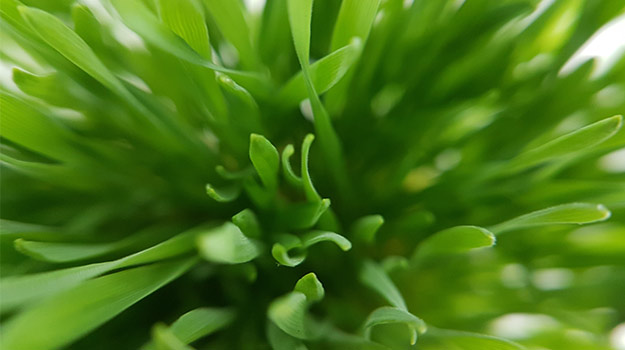
Maintaining a gorgeous lawn doesn’t require you to invest hours of slave labor every weekend, and it doesn’t need to break the bank. The key is to be consistent with regular care. In return, your lawn will pay you back with a wealthy of green, lush beauty.
Water deeply, not frequently
A deep watering every three to four days, consisting of 1 to 1.5 inch (2.5 to 3.5 cm.) of moisture per week, is generally enough for an established lawn, although you may need to increase the amount a little during the heat of summer.
Avoid brief, shallow irrigation, which promotes short, unhealthy roots. Water in the morning and avoid irrigation in late evening, which increases the risk of disease.
No scalping allowed
A little length is healthier for your lawn, especially during hot weather. Most lawns do well with the mower set at about 3 inches (8 cm.), but never less than 2 inches (5 cm.). If your lawn is growing so fast you can’t keep up, it’s better to mow lightly and frequently, never removing no more than one-third of the height.
Fertilize regularly
Use a higher nitrogen fertilizer with a ratio such as 3.1.2, but avoid fertilizer with any numbers higher than 10, which may scorch the lawn. If in doubt, you can always use a fertilizer specifically formulated for lawns. Apply the fertilizer at the rate recommended on the label.
How often to feed depends on climate and other factors, but as a general rule, feed the lawn in early spring and again in fall, with a couple of lighter feedings during the summer months.
Aerate every other year
Semi-annual aeration creates air and nutrients to reach the roots, thus creating a healthier lawn. Remove plugs to a depth of 3 in (7.5 cm.), at a rate of about eight plugs per square foot (0.1 square meters). If you don’t want to rent an aerator, you can use a garden fork to poke holes in the lawn. Dethatching is an extra step that may be in order if your lawn is thinning or badly compacted.
Care for your mower
Be sure the blade is sharp. A sharp blade cuts cleanly and evenly, but a dull blade will tear and damage grass, thus making it weak, ragged-looking and more susceptible to pests and disease. Sharpen the blade twice during the season and you’ll save time pushing the mower.



